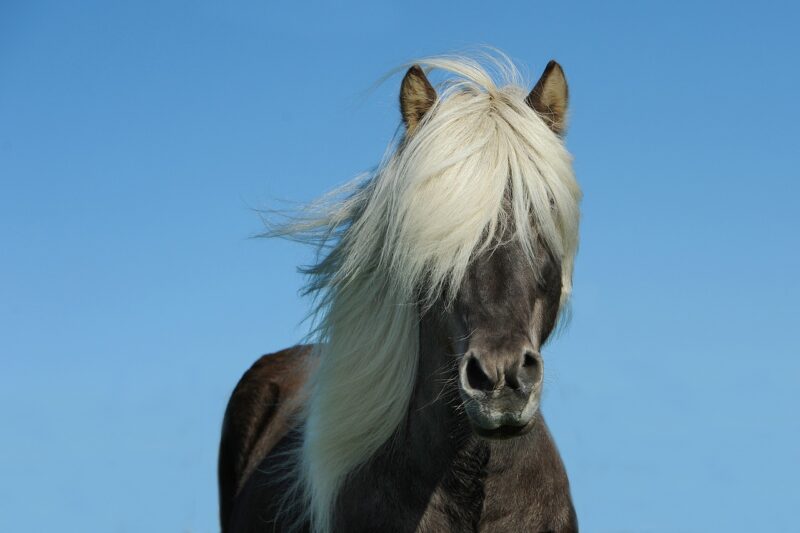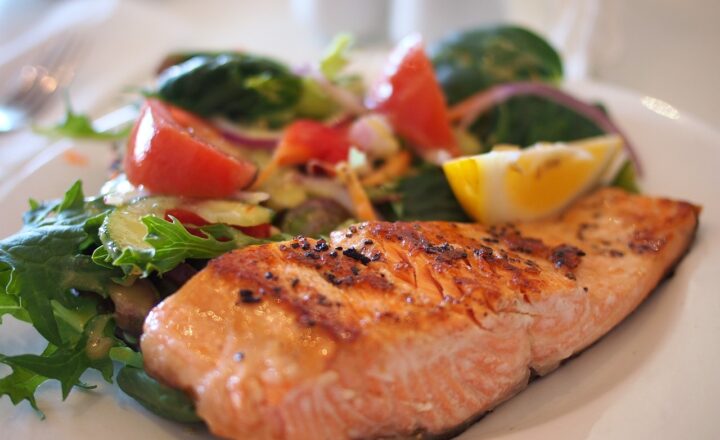How Hákarl, Fermented Shark, Became Iceland’s Most Shocking Dish
November 13, 2024

Hákarl, or fermented shark, may not be the first dish that comes to mind when thinking of gourmet cuisine, but it is undoubtedly one of the most iconic and controversial foods in the world. This traditional Icelandic delicacy has a reputation for being an acquired taste, and its strong aroma and unique flavor profile often leave unsuspecting diners both intrigued and repulsed. In this article, we will explore the origins and preparation of Hákarl, its cultural significance in Iceland, and why it has garnered a reputation as one of the strangest foods globally.
1. The Origins of Hákarl
Hákarl has deep roots in Icelandic culture, dating back centuries when shark meat was a vital food source for the Norse seafarers. The Greenland shark, known for its high urea content, is the species commonly used to make Hákarl. In the past, the meat was often toxic if eaten fresh due to the shark’s unique physiological adaptations. Therefore, ancient Icelanders developed a fermentation process to make it safe for consumption.
The preparation involves burying the shark under gravel and stones for several months, allowing the flesh to ferment and develop its distinctive flavors. After this fermentation period, the shark is hung to dry for several additional months to complete the curing process.
2. The Fermentation Process: A Culinary Art
The art of making Hákarl is taken seriously in Iceland. The preparation begins with cutting the shark into pieces and burying it in sand or gravel in a shallow pit, where it is left to ferment for a minimum of six to eight weeks. The pressure from the stones on top helps release the excess fluids and urea contained in the meat, making it safe to eat.
Once the fermentation process is complete, the shark is removed from the pit and hung to dry in a well-ventilated area for another two to three months. The result is a distinctive, firm texture with a crusty exterior and a somewhat pungent smell, often described as akin to ammonia, which can overwhelm even the most adventurous eaters.
3. A Cultural Milestone in Iceland
Hákarl holds significance in Iceland beyond its unique flavors. It stands as a testament to the resourcefulness and adaptability of Icelanders throughout history. In the harsh and unforgiving climates of the Arctic, traditional food preservation techniques were paramount for survival. Today, Hákarl is more than just sustenance; it symbolizes national pride and cultural heritage.
In Iceland, enjoying Hákarl is often a rite of passage for tourists seeking an authentic experience. Many visitors are curious to try this dish, driven by its reputation as one of the world’s most bizarre culinary offerings. Whether as part of a traditional Icelandic feast or a mainstream restaurant menu, Hákarl has become both an attraction and a challenge for those willing to confront their culinary boundaries.
4. The Flavor Profile: An Acquired Taste
Describing the taste of Hákarl is no easy feat. For many, the first bite can be an overwhelming experience due to its intense flavors and powerful aroma. The texture is somewhat chewy, while the taste can evoke a strong fishy flavor, combined with the pungency of ammonia created during fermentation.
Most commonly served in small cubes, Hákarl is traditionally accompanied by a shot of Brennivín, a local schnapps known as ‘Black Death.’ The lightness of the schnapps contrasts with the strong taste of the shark, creating a unique tasting experience that many locals and tourists alike cherish.
5. Hákarl’s Place in Today’s Gastronomy
In recent years, Hákarl has crossed borders and found its way into the menus of gourmet restaurants globally. Chefs are challenged to incorporate this ingredient into modern dishes, often pairing it with non-traditional ingredients or presenting it in unexpected forms.
Discovering Hákarl today means navigating a culinary landscape that embraces not only the traditional preparation methods but also modern gastronomy’s innovation. If you find yourself in a restaurant serving Hákarl, consider sampling it in tandem with various dips or even creatively paired with local produce, allowing the dish to speak to different culinary horizons.
6. Myths and Misconceptions Surrounding Hákarl
Over the years, Hákarl has acquired a slew of myths and misconceptions, particularly concerning its preparation and taste. Many people assume that it is inherently dangerous or unhealthy due to its fermentation process. However, when properly prepared, Hákarl is safe to consume and provides a unique source of nutrition.
Despite its controversial flavor and smell, it is celebrated for its high protein content and has been touted by locals as a dietary staple. Hákarl remains a source of excitement and trepidation for adventurous eaters worldwide, embodying the spirit of cultural exploration.
Conclusion
Hákarl is far more than just fermented shark; it represents a slice of Icelandic history and culture. Its polarizing flavors and unique preparation methods have made it a must-try dish for anyone visiting the country. Whether you find it delightful or detestable, trying Hákarl offers a glimpse into the resourcefulness of Icelanders and their unapologetic embrace of their culinary heritage.
In a world increasingly driven by convenience and global standardization in food, Hákarl stands as a proud reminder of tradition, authenticity, and the beauty of cultural gastronomy that persists amid modern culinary trends.







